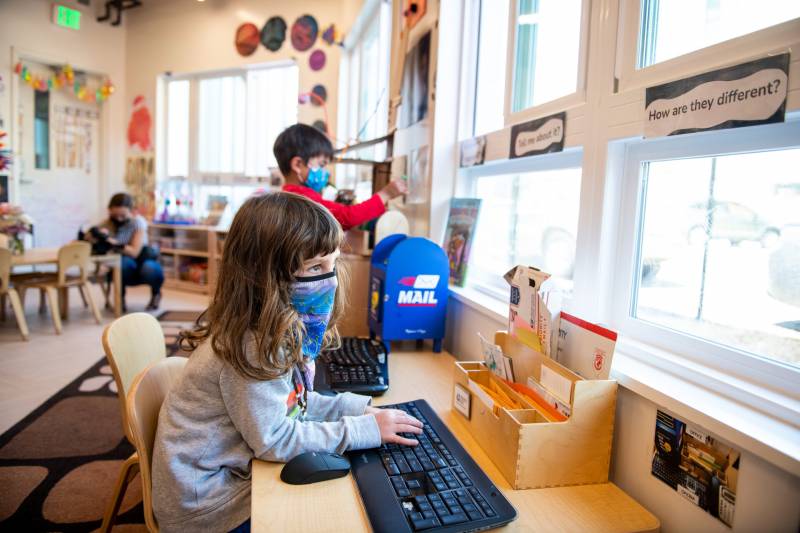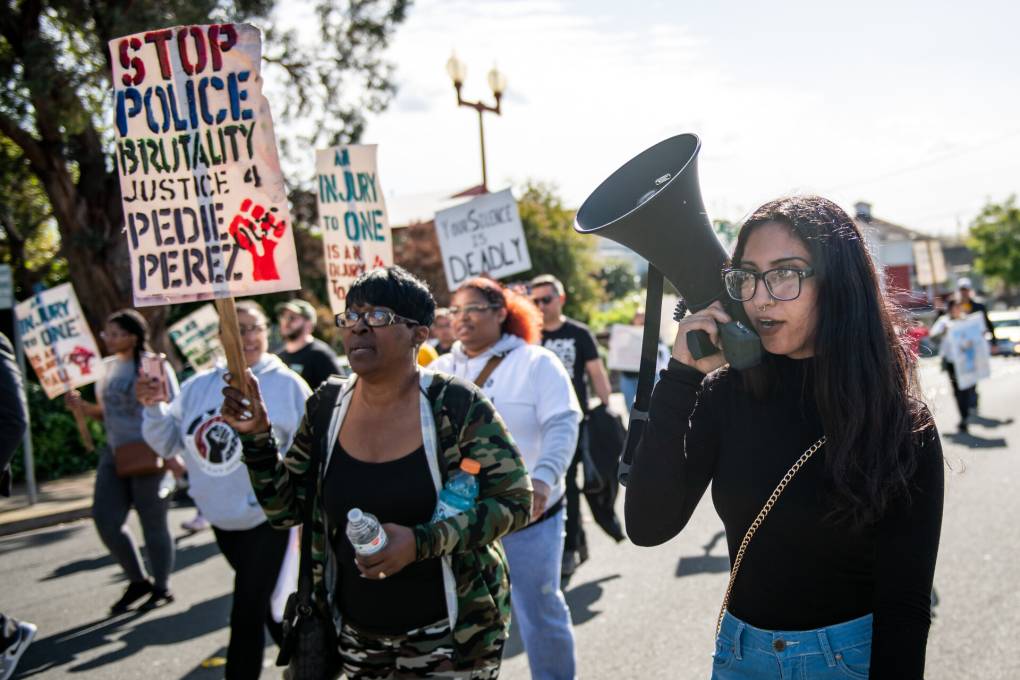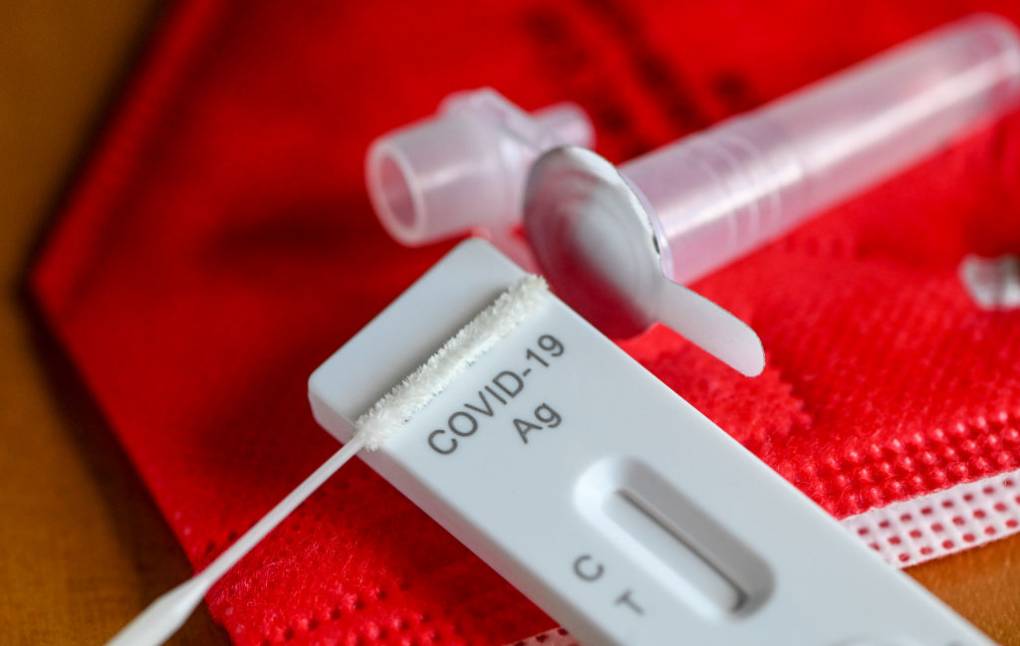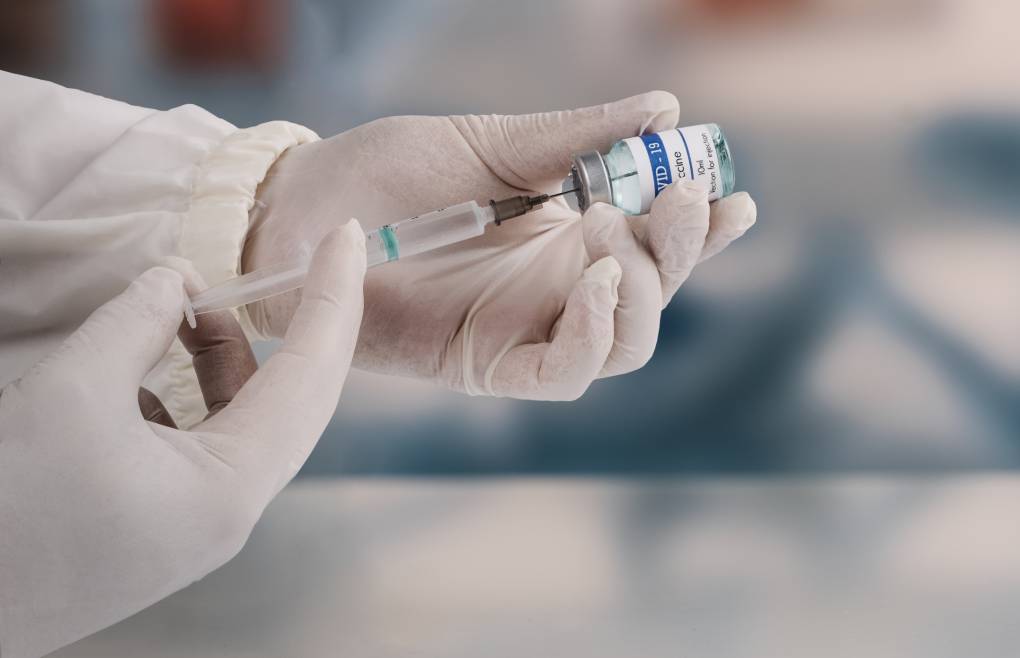So far, just 1 out of 3 kids ages 12 to 17 have received a COVID vaccine nationally. The Biden administration is hoping to boost these numbers before school starts in the fall.
“For families who haven’t gotten their kids vaccinated yet, now is the time,” said Erin Sauber-Schatz, lead for the Community Interventions and Critical Populations Task Force at the CDC. “It takes five weeks to get fully vaccinated. If you got your first shot today, the second would be July 30 and you’d be fully vaccinated on Aug. 13. So now’s the time if you haven’t gotten vaccinated yet.”
If a high school could document that everyone in the building were fully vaccinated, she said, school would look a lot like it did pre-pandemic. Of course, the reality is that most schools will have a mix of vaccinated and unvaccinated students and staff.
The updated guidelines note that fully vaccinated staff and students may not need to wear masks at school. (Although because of the CDC order requiring masks on public transportation, they would have to mask up on school buses.)
For students too young to be vaccinated at this time, the CDC suggests multiple strategies to reduce the risk of transmission: notably, mask-wearing for ages 2 and up and physical distancing when possible of a minimum of 3 feet in indoor school settings (even when children are vaccinated).
Additional protective measures advocated in the CDC guidelines include hand-washing and good indoor ventilation and cleaning procedures. In addition, the CDC urges any students or staff with signs of infectious illness to stay home, be tested for COVID and quarantine if indicated.
The guidelines put a priority on in-school instruction and emphasize the need to be flexible. “If 3 feet is not feasible, it should not keep kids out of school,” Sauber-Schatz said. “In our guidance we focus on the most important prevention strategies, and they should be removed one at a time and then closely monitored” to make sure infection rates don’t rise.
The CDC adds that enforcement of these guidelines is up to local jurisdictions.
In California:
State public health officials announced Friday that they will release updated guidance for the fall school semester next week encouraging schools to return to full in-person classes.
The guidance will align with the CDC’s and focus on COVID-19 testing support for schools and safety measures like wearing face coverings indoors. Officials with the California Department of Public Health said they’ll require students and staff to continue wearing face coverings indoors, regardless of vaccination status, to “ensure that all kids are treated the same.”
“At the outset of the new year, students should be able to walk into school without worrying about whether they will feel different or singled out for being vaccinated or unvaccinated,” state Health and Human Services Agency Secretary Dr. Mark Ghaly said in a statement.
In California, more than 34% of the 3.1 million kids ages 12 to 17 are fully vaccinated as of Friday, that’s according to the CDPH’s vaccine data portal.
To help fund the state’s school system, Gov. Gavin Newsom also signed a funding package Friday that will allocate nearly $124 billion to support expanded after school and summer learning programs, increase school staff sizes and make pre-kindergarten available for free for all of the state’s 4-year-olds by 2025.
San Francisco’s Health Officer Dr. Susan Philip released a statement Friday supporting the full return to in-person classrooms for all grades in the fall, citing low community transmission and high vaccination rates in the city.
“There were less than five cases of COVID transmission in schools with in-person learning among 48,000 students and teachers during the last school year, including during the height of our winter surge,” she said in the statement, and added that current vaccines are effective against the more infections delta variant spreading in the state.
Philip said in school settings, masks will be required, but only indoors, and physical distancing will not be required. Additional safety procedures will be in place, including increased ventilation and symptom screenings.
Meanwhile, in the immediate weeks ahead, parents may also be wondering about how to keep unvaccinated kids safe during summer vacations and outings.
The CDC recommends not traveling until you’re fully vaccinated, but that leaves many families with a conundrum, said Mayo Clinic pediatric infectious disease specialist Dr. Nipunie Rajapakse and Baylor College of Medicine assistant professor of adult and pediatric infectious diseases Dr. Jill Weatherhead.
“That really puts families in a tough spot when you have parents and older siblings who have been vaccinated and younger siblings who have not,” Weatherhead said.
Don’t worry: You probably don’t need to leave unvaccinated kids at home, according to our sources — though much depends on a family’s individual circumstances and risk tolerance. But Weatherhead and Rajapakse said that many families will be able to make traveling with unvaccinated kids acceptably safe. Here’s how:
Flying:
Last summer, Weatherhead’s husband drove the couple’s two young kids from Houston to their annual summer vacation in Michigan. This year, they flew — with plenty of hand sanitizer and distancing whenever possible. They were able to snag flights on a carrier that flies out of an airport that isn’t superbusy and allowed them to choose their own seats upon boarding. Of course, that’s not an option on most carriers, and Delta, one of the last U.S. airlines to leave middle rows vacant, began booking those seats in May.
Flights haven’t turned out to be superspreaders, although it matters who is seated near you: On a September flight from Dubai, United Arab Emirates, to New Zealand, at least four people within two rows of a contagious passenger got COVID-19.
“You never know who is seated near you, especially on long flights when you’re in close proximity,” Rajapakse said. “And at airports, people from different parts of the country and the world are mixing in a confined area.”




9(MDAxOTAwOTE4MDEyMTkxMDAzNjczZDljZA004))